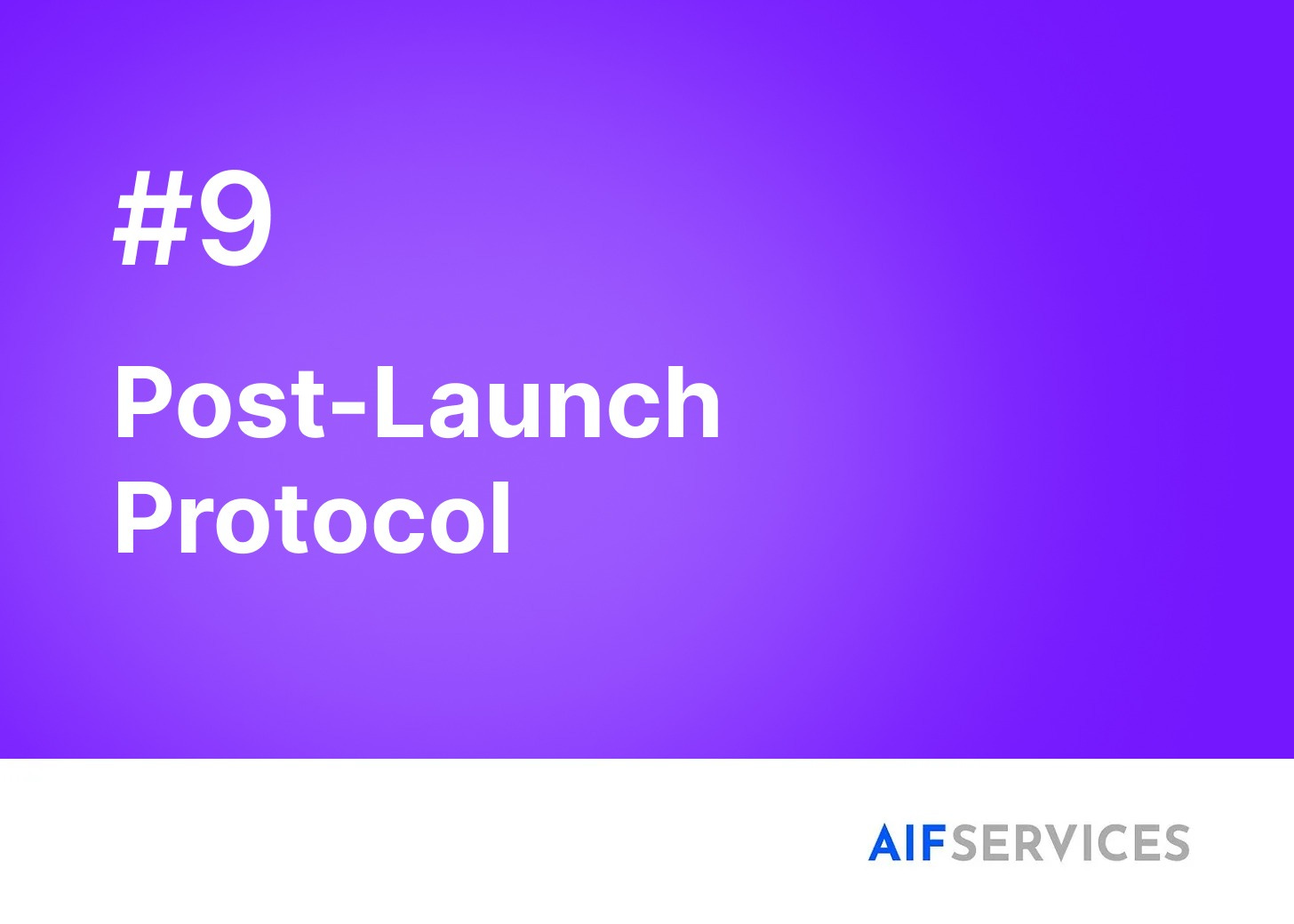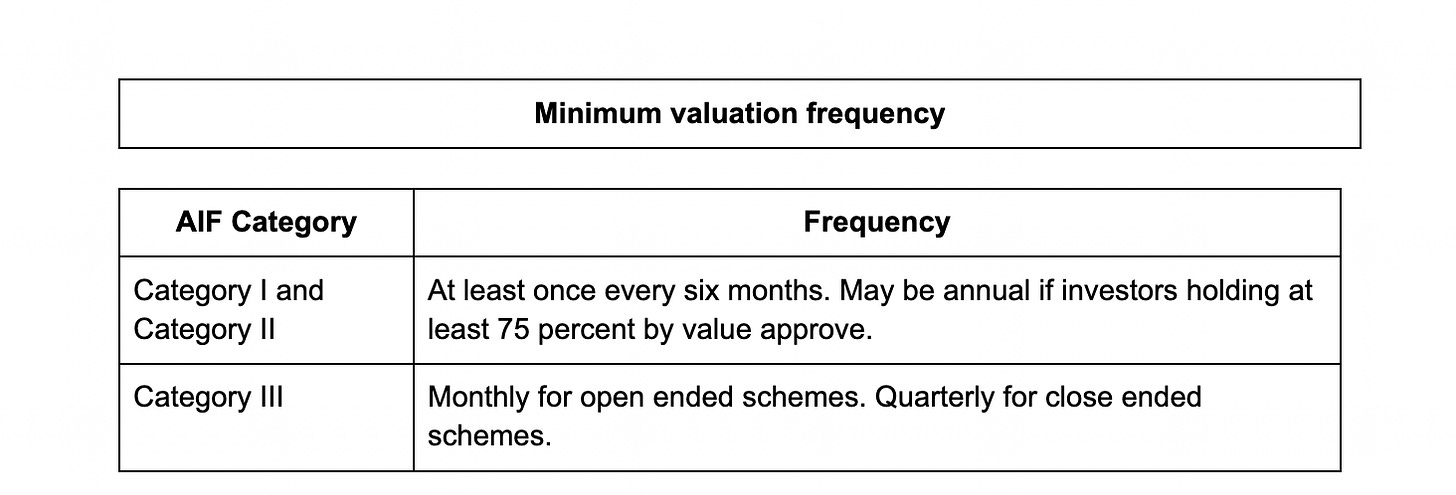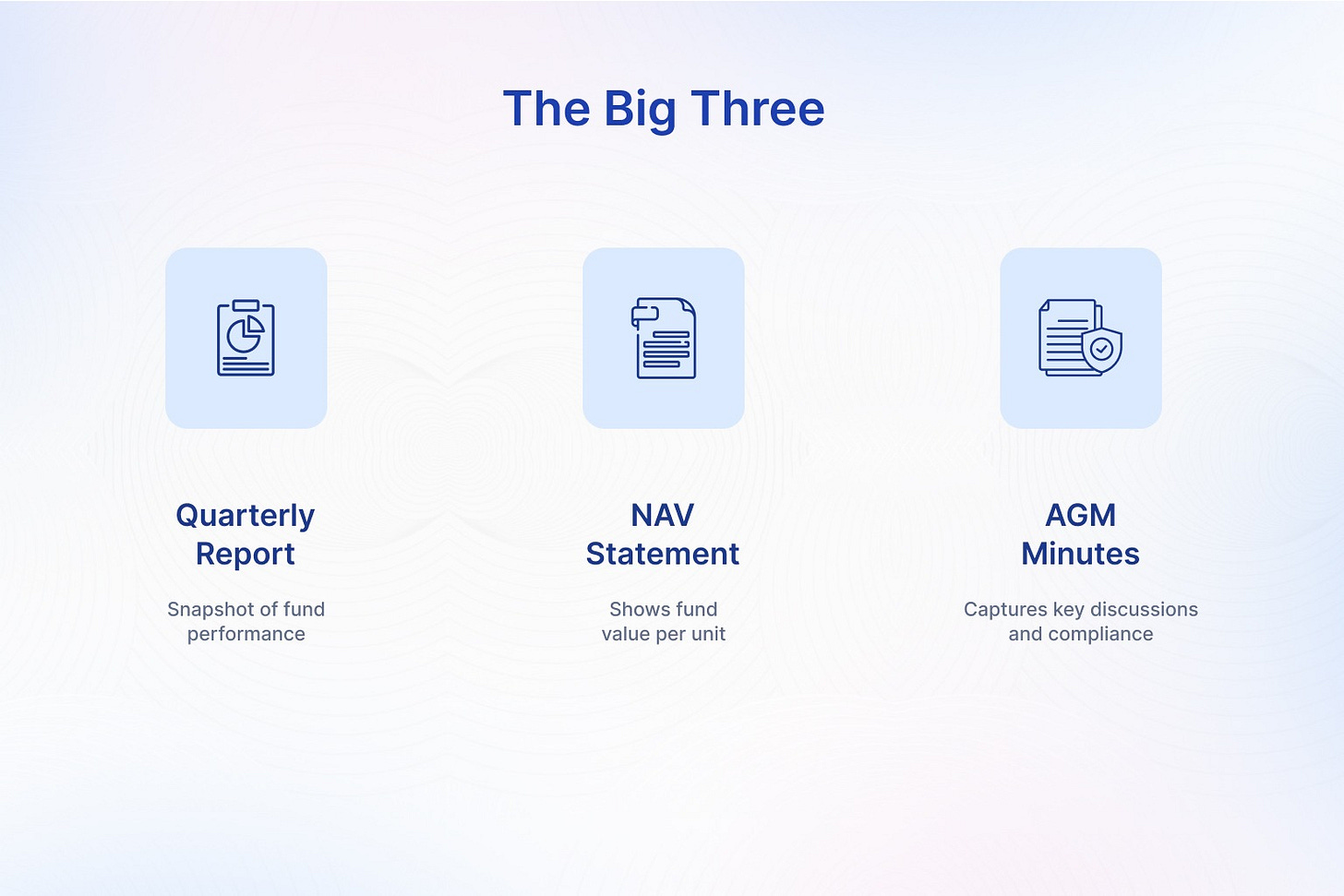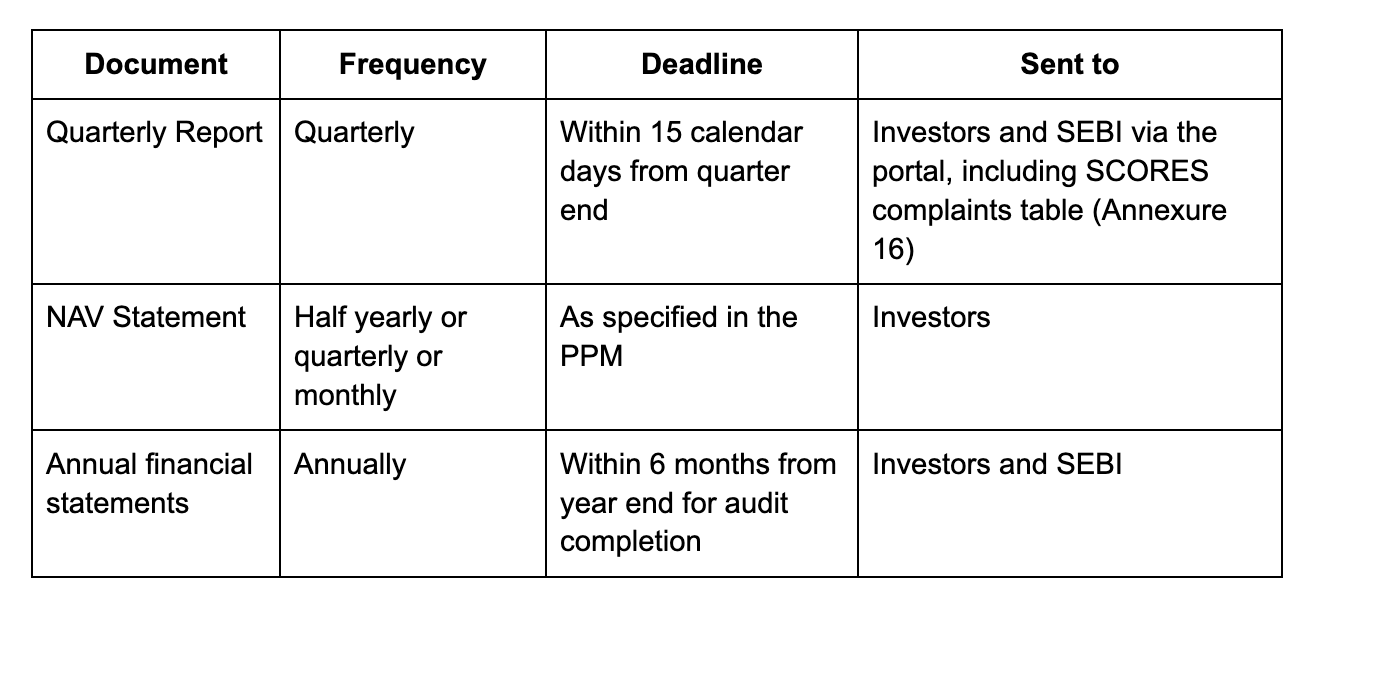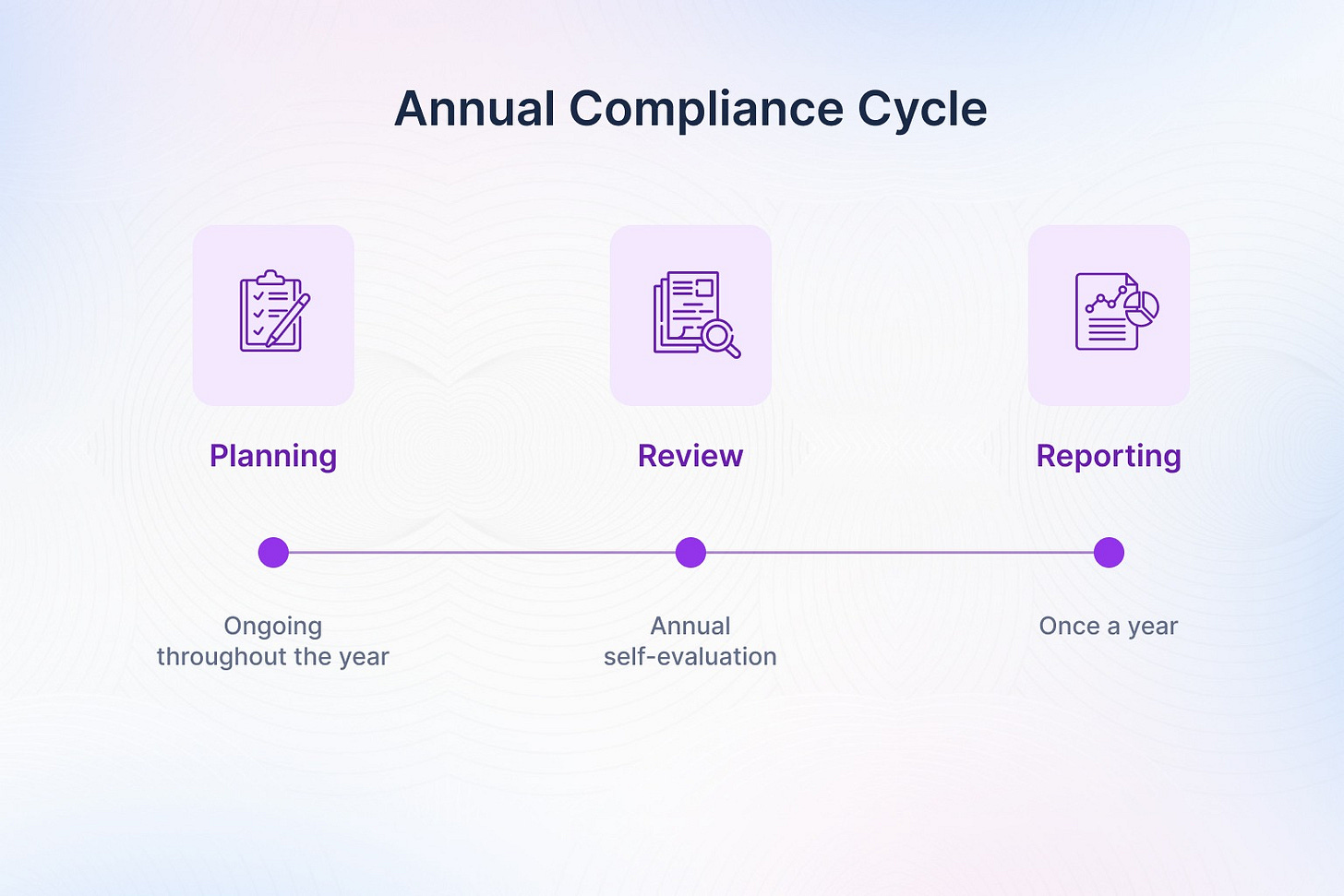Post-Launch Protocol – Your AIF Ongoing Reporting Cycle
The essential compliance framework that keeps SEBI and investors happy
Congratulations! Your Alternative Investment Fund is set up, the rulebook (Private Placement Memorandum or PPM) is filed and the first capital is in the bank. You are past launch.
Not quite done, though. Launching the fund is only the beginning. The next crucial phase is maintaining trust with investors and with the Securities and Exchange Board of India. You build this trust with consistent transparency and clear communication.
Think of your fund as an ongoing enterprise. Like any well-run enterprise, it needs regular checkups and reports to show it is on track. These documents create a continuous cycle.
This guide breaks down the key reports you should produce on schedule to keep the fund compliant, investors informed and operations smooth.
Why this reporting cycle is your secret weapon
This is not a bureaucratic hassle. It is your chance to:
Demonstrate performance with clear facts
Build credibility through consistent reporting
Manage expectations and avoid surprises
Stay compliant and avoid penalties
The pillars of ongoing reporting
SEBI sets a framework for ongoing disclosures. These three core documents anchor your cycle:
1. The Quarterly Report
Your primary tool for regular communication. It is a concise snapshot of the last three months.
It must include:
Portfolio update: all new investments in the quarter by company, amount and sector
Performance commentary: plain language narrative on results, winners, challenges and market conditions
Cash flow summary: capital called, investments and expenses
Top holdings: largest positions by value
Complaints summary as per Annexure 16: investor grievances received directly and via SEBI’s SCORES platform, resolved and pending
Manager’s commentary tip: add one short section that explains the why behind the numbers and sets context for the next quarter.
2. The NAV Statement
Net Asset Value is the per-unit value of the fund. The statement is simple: valuation date and NAV per unit. The valuation itself must be performed by an independent valuer using SEBI’s approach in Chapter 22 of the Master Circular.
3. The Annual General Meeting minutes
Holding an annual meeting or an annual advisory committee meeting is a best practice. The minutes are the authoritative record.
The required documents are as followed:
Attendance of investors and presenters
Performance review covering annual financial statements and audited results
Strategy discussion for the coming year, risks, and priorities
Key decisions and approvals, if any
Compliance Test Report review: the manager prepares the CTR as per Annexure 12. Discuss the findings for full transparency.
Quick Reference to Your Annual Compliance Cycle
Deadlines below are measured from the end of the relevant period.
One line summaries
Quarterly Report: portfolio changes, cash flows, commentary and complaints
NAV Statement: per-unit value based on independent valuation
AGM minutes: audited results, strategy, key decisions and CTR discussion
Transparency is your advantage
In the AIF your reputation is your most valuable asset. Use this reporting cycle as a strategic commitment. Consistent, clear and honest communication shows integrity and professionalism. It helps you retain current investors and win future ones.



